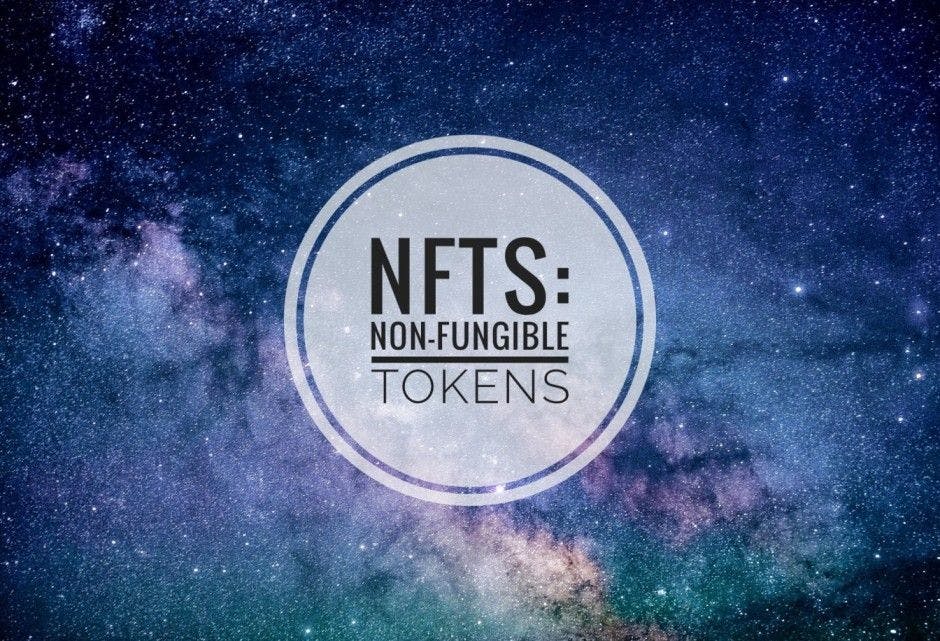Non Fungible Tokens or NFTs based art pieces are the next big craze in blockchain tech after Decentralized Finance (DeFi). The most popular critic of digital art seems to be “But I can always save the picture!”. Yes sure, but unfortunately that’s about it.
The traditional art landscape is dotted with extremely similar and nearly the same copies of famous artistic works. However, they aren’t even worth 1/100 of the original’s value. Consider the example of the Mona Lisa, considered to be the most expensive art work in existence.
Mona Lisa is valued at $860M currently, deriving it’s worth from an insurance valuation of $100 in 1962 and adjusted for inflation. An extremely identical copy, on the other hand, sold for $611,950 only in 2019. What explains the astronomical discrepancy in price?
Even if you create or buy a “copy”, that’s still very much a copy. It’s the ownership of the original, which gives rise to true value and thus accounts for the massive difference in price.
But, let’s just say that it’s the actual brush strokes by Leonardo DaVinci that are valuable. The copy wouldn’t have it.
NFT Art Value Relies On Authenticity Rather Than Reproducibility
NFTs cost next to nothing to reproduce, but we don’t pay for the cost of creation or even authenticity, it certainly wouldn’t explain why Nike or Adidas are several times more expensive than normal footwear or apparel. The branding comes into play, even though the creation cost doesn’t vary by much.
The blockchains have a super power, much like the original Mona Lisa can be authenticated by the oldest made copy. They can verify a print or art work’s identity by referencing the ownership address and time of creation plus transfer.
It means that if you right click, save as the image and even mint a new copy, you are still not the original’s owner. Much like you aren’t the possessor of a wallet’s balance, if you have taken a screenshot of the wallet.
Nor of a house, you saved a picture of, on the Internet. It’s free to look at or to admire, but that’s about it. But, why do people pay a fortune to own NFT artwork or audios or videos?
Ari Paul Explains Why Certain Things Are Worth So Much
Ari Paul, BlockTower Capital founder might have an answer. He tweeted recently that human consumption can be linked to commodity and signalling. Sometimes we care about the stuff and what it does.
Most of the skepticism around NFTs surrounds the idea that the object (an image or music file, etc) is costless to reproduce. Viewed through a lens of cost of production or quality, very little in human consumption makes sense. What are brands? /1
The other times we wish to signal to ourselves and to others that we are special and not the same as everyone else. It has something to do with our biases and marketing or though the belief that by wearing or owning something, we can live upto the image that we admire and associate with it.
9/ while there are other types of branding/marketing, 90% of it is about convincing us that a certain type of person owns a certain type of object, and that we can become that type of person by owning the same object. Commercialized mimetics.
Or it might be the fact that one believes others think that it is valuable, separates the owner from the ordinary and that’s exactly our intention by possessing ownership. The object’s high quality is a secondary quality to the statement that it makes. The narrative counts or so Mr Paul believes. What it signals to others, counts.
And so the same game with the very same mechanics is being played out on blockchain and the digital world. The same one as the traditional art. Or people just like the art, are avid collectors and are willing to purchase them at those price.
14/ TLDR – there's nothing new or unusual or, frankly, even all that interesting, about the fact that people will pay $1m for an NFT with zero cost of replication. It's just a minor extension of what we already see with traditional art, collectibles, and high end branded goods.
There is nothing you can do except look at it, admire and then save as. The blockchain or the distributed ledger still knows and can verify who the actual owner is.

